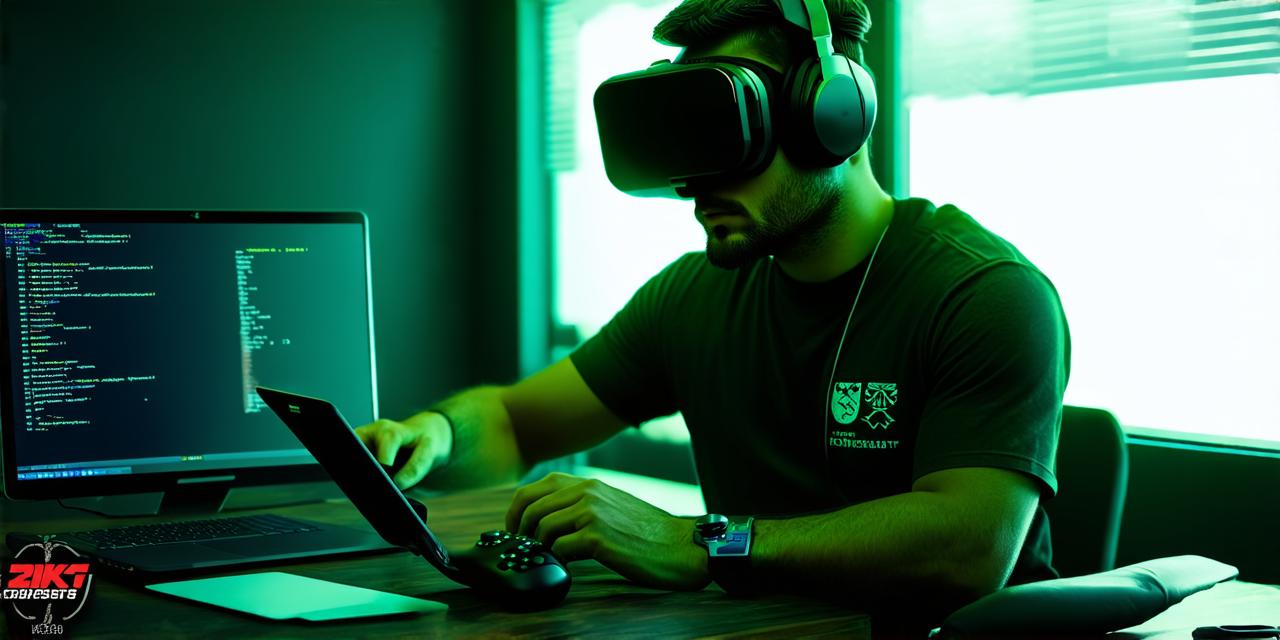1. Understanding of VR Technology
Before diving into the specific skills required for VR development, it is essential to have a basic understanding of VR technology. This includes knowledge of how VR headsets work, the different types of VR experiences, and the various hardware and software requirements. By having a solid foundation in these areas, developers will be better equipped to tackle the challenges that come with creating VR content.
2. 3D Modeling and Animation
One of the most critical skills for VR development is the ability to create realistic 3D models and animations. This involves using software tools such as Maya, Blender, or 3DS Max to design and animate digital objects that will be integrated into the VR environment. Developers must have a strong eye for detail and the ability to work with complex rigging and animation systems to create smooth and seamless movements in their virtual world.
3. Programming Skills
VR development requires a solid understanding of programming languages such as C++, Unity, or Unreal Engine. Developers must be able to write clean and efficient code that can handle the demands of a VR environment, including optimizing performance and managing memory usage. Additionally, developers should have experience working with APIs and integrating third-party tools into their projects.
4. User Experience Design (UXD)
A crucial aspect of VR development is creating an intuitive and engaging user experience. Developers must be able to design interfaces that are easy to navigate and understand, while also taking into account the unique challenges of working in a virtual environment. This includes designing intuitive controls, managing user input, and ensuring that the VR experience is comfortable and immersive for the user.
5. Testing and Debugging
Testing and debugging are essential skills for any software developer, including those in the VR field. Developers must be able to identify and fix bugs quickly and efficiently, while also ensuring that their code meets the highest standards of quality and performance. This involves using a variety of testing tools and techniques, such as unit testing, integration testing, and stress testing, to ensure that the VR experience is stable and reliable.
6. Collaboration and Communication
VR development requires close collaboration between developers, designers, and other stakeholders. Developers must be able to clearly communicate their ideas and work effectively with team members from different disciplines. This includes using project management tools, attending meetings, and providing regular updates on progress. Additionally, developers should be comfortable working in a fast-paced and dynamic environment where requirements and priorities can change rapidly.
7. Adaptability and Flexibility
VR development is a constantly evolving field, and developers must be able to adapt quickly to new technologies, tools, and techniques. This includes keeping up with the latest trends and best practices in VR development, attending conferences and workshops, and experimenting with new ideas and approaches. Additionally, developers should be willing to learn from their mistakes and continuously improve their skills through practice and feedback.
8. Creativity and Innovation
Finally, successful VR developers must possess a high level of creativity and innovation. This involves thinking outside the box and coming up with unique and engaging ideas for VR experiences that will capture the imagination of users. Developers should be able to draw inspiration from a variety of sources, including art, science, and technology, and use their creativity to push the boundaries of what is possible in a virtual world.
Case Study: Oculus’s “A Room with a View”
One example of a VR experience that showcases many of these essential skills is Oculus’s “A Room with a View.” Developed by the company’s internal studio, this VR experience uses 3D modeling and animation to create an immersive and engaging environment for users. The development team had to work closely with designers and other stakeholders to ensure that the user experience was intuitive and easy to use.
Additionally, the development team had to test and debug the code extensively to ensure that the VR experience was stable and reliable. They used a variety of testing tools and techniques, including unit testing and integration testing, to identify and fix bugs quickly and efficiently.
Finally, the development team had to be creative and innovative in their approach to designing the VR experience. They drew inspiration from a variety of sources, including art and nature, and used their creativity to create a unique and engaging environment for users.
Summary
In conclusion, becoming a successful VR developer requires a combination of technical skills, creative thinking, and
